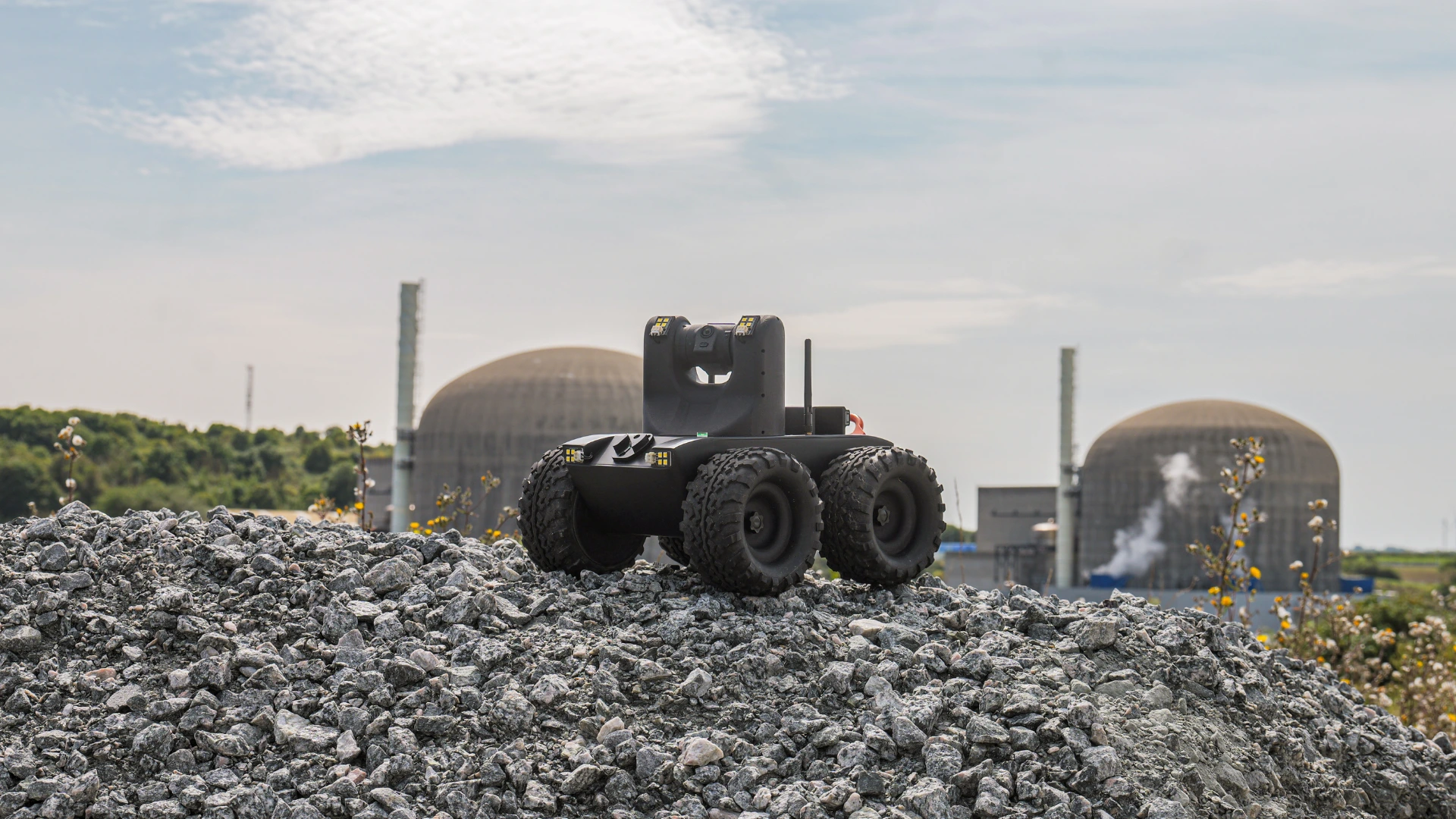In the nuclear industry, visual inspection is critical to both safety and regulatory compliance. Confined, irradiating or hard-to-reach environments make manual inspections risky and costly. To meet these challenges, Multinnovthe French specialist in inspection robots, offers the Roview2a wireless ITV (televisual inspection) robot capable of navigating complex spaces while delivering high-quality images. Thanks to this type of technology, operators reduce their exposure to radiation and obtain reliable, traceable data in extreme conditions.
Inspection constraints in nuclear environments
Inspection in the nuclear sector involves a number of challenges:
- Radiation protection: The areas to be inspected may be subject to high levels of radiation, making human access limited or highly restricted. Technician exposure must be minimized, while guaranteeing highly reliable visuals.
- Confined, inaccessible spaces: Technical ducts, conduits or tanks in power plants are sometimes very small in diameter, or totally enclosed, making them difficult to explore by conventional means.
- Data reliability: The images collected must be accurate and usable, as they serve as the basis for maintenance, safety or audit decisions.
- Complex communication: In concrete, armored or buried environments, wireless links can be disrupted, complicating real-time image transmission.
- Regulatory compliance: Inspections must meet strict standards and produce traceable, time-stamped reports, sometimes audited by safety organizations.
Technological innovations to enhance performance
The Roview2 from Multinnov
The Roview2developed by Multinnovis a perfect example of how robotization can meet nuclear constraints:
- Turret-mounted 4K camera: The robot features an ultra-high-definition camera mounted on a rotating turret (360° horizontal / 180° vertical), enabling meticulous panoramic inspection of critical areas.
- Powerful LED lighting: Equipped with extremely bright LEDs (up to 10,000 to 12,000 lumens depending on version), the Roview2 perfectly illuminates dark and dusty areas, essential in confined nuclear environments.
- Wireless transmission: Roview2 operates completely wirelessly, freeing the operator from cables and allowing greater deployment flexibility.
- Autonomy: Up to 2 hours travel time (with active lighting), depending on version.
- Stability and safety: the robot remains stable up to 45° inclination, and features a rollover warning system from 30° upwards, increasing reliability when inspecting inclined ducts.
- Waterproofing and buoyancy: the Roview2 can operate in partially flooded areas; its waterproof structure enables it to operate in water and float if necessary.
- Standards compliance: The robot is compatible with the NF EN 13508-2 standard, guaranteeing inspection quality for industrial operators and authorities.
- Telemetric measurements: collects distance, inclination and position data, enabling precise, quantifiable diagnosis.
Technological advances
These innovations make the Roview2 particularly well suited to nuclear environments: it can explore areas where operators can't go, while transmitting usable, accurate data in real time.
Specific protocols to guarantee safety and compliance
To deploy a robot like the Roview2 in a nuclear environment, rigorous protocols must be defined:
Preparation and planning
- Radiological survey: Prior to the inspection, a radiation dose assessment is carried out to define robotic access zones.
- Robot qualification: checking that the robot and its components are compatible with the level of irradiation expected on site.
- Mission plan: Development of inspection routes, checkpoints, alarm thresholds in the event of signal loss, robot emergency return.
Operational safety
- Remote control operation: The Roview2 is controlled from a secure station, limiting the need for physical operator intervention.
- Redundancy: Set up backup procedures if the wireless link is interrupted (range extender, recovery plan).
- Training: Operators must be trained in robot operation, image interpretation and radiation protection protocols.
Traceability and compliance
- Data logging: Video, photos and telemetry are time-stamped and geotagged to create a complete report.
- Inspection reports: Observations (cracks, deposits, corrosion) are recorded in standardized formats, enabling them to be tracked over time.
- Audit and verification: Results are submitted to safety teams or regulatory bodies, ensuring the quality and reliability of inspections.
Television inspection in nuclear environments is an ideal field of application for Multinnov's ITV robots, especially the Roview2. Thanks to its robustness, 4K camera, wireless capability, buoyancy and autonomy, it can explore hazardous areas without exposing operators.
The technological innovations it incorporates, combined with strict preparation and traceability protocols, make inspections not only safer, but also more efficient. By using Roview2, nuclear operators can obtain reliable diagnoses, limit radiological risks and optimize their maintenance operations.
To sum up: with the Roview2, Multinnov offers a truly high-end visual inspection solution, perfectly adapted to the extreme regulatory requirements of nuclear facilities - a strategic choice for combining safety, innovation and industrial efficiency.


